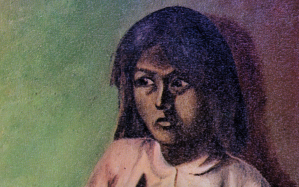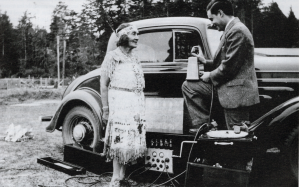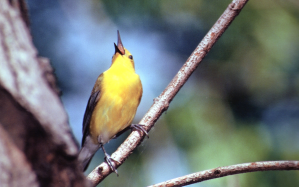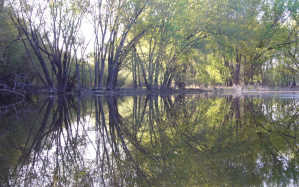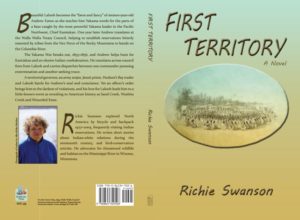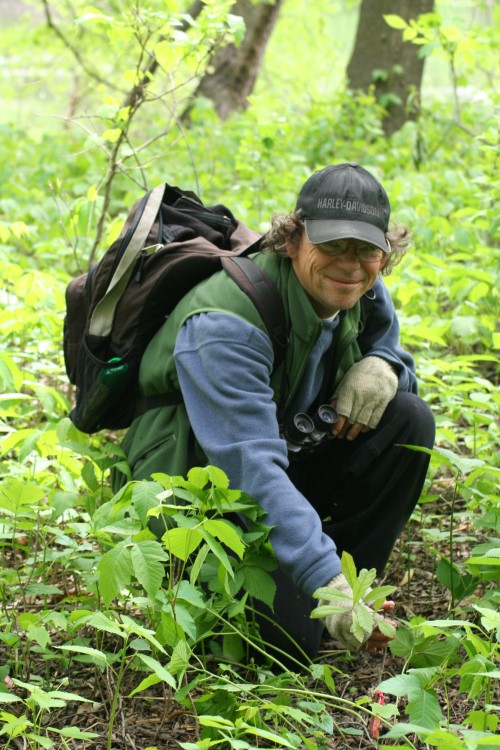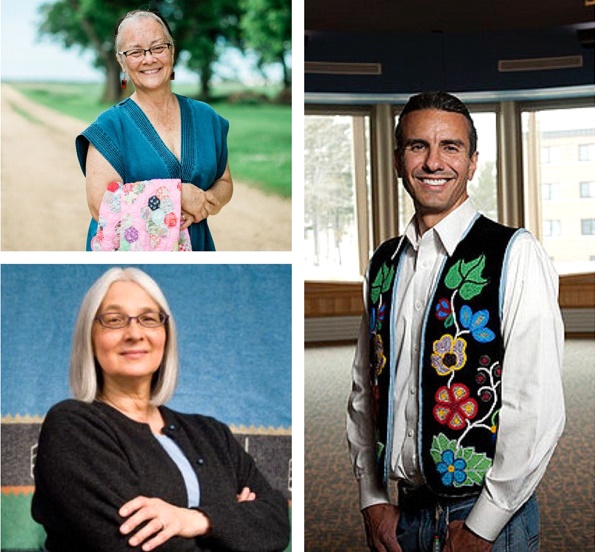 I give thanks this holiday season especially to Native American writers who open their hearts in their works, who have enlightened me with truth-telling and the shining light of resilience and understanding. I cheer the removal of the “Hiawatha” statue from Riverside Park in La Crosse. It echoes a wise choice made two years ago in Winona.
I give thanks this holiday season especially to Native American writers who open their hearts in their works, who have enlightened me with truth-telling and the shining light of resilience and understanding. I cheer the removal of the “Hiawatha” statue from Riverside Park in La Crosse. It echoes a wise choice made two years ago in Winona.
Winona State University exhibited a controversial statue in a courtyard for 21 years—a replica of The End of the Trail—the figure of a hangdog Indian warrior slumped in defeat on his horse. The Winona-born artist James Earle Fraser first cast the sculpture in bronze, 1918—to represent Indians reaching the “end of the trail…the edge of the Pacific,” claims New York’s Metropolitan Museum of Art. The statue always rankled me, evoking colonialism’s inherent racism: as white immigrants “civilized” the continent, they pushed “red savages” to the brink. Winona State moved the statue into a library and planted an Indigenous Learning Garden in its place, 2018. I felt heartened but thought also of three indigenous Minnesotans who if sculpted would honor state universities, holding heads super-high, not in defeat.
Linda LeGarde Grover (Ojibwe) teaches at University of Minnesota Duluth. Her short story Maggie and Louis, 1914 occurs at a boarding school where a disciplinarian beats the Ojibwe boy Louis and locks him in a basement cell reeking of urine.
Later Louis kills dog-sized rats in asphyxiating dust in a Minneapolis grain elevator while waiting to enlist during World War Two. As a sickly old man Louis encounters the school disciplinarian as a powerless alcoholic. No story renders American dispossession more poignantly than the resulting confrontation in Four Indians in the Mirror, especially when read with related stories in Grover’s collection The Dance Boots and her virtuoso novels The Road Back to Sweetgrass and In the Night of Memory—the latter dedicated to missing Native women.
Anton Treuer (Ojibwe) teaches at Bemidji State and wrote Warrior Nation, a history of irrepressible leaders of the Red Lake Ojibwe. When Governor Alexander Ramsey tried to relocate all Red Lake Indians in 1863, a chief left treaty negotiations, refusing. When the U.S. insisted upon allotment, a policy that diminished Native reservations across America, another chief said, “They are stealing from me on every side; I never received a cent for it.” Another leader delivered Christmas gifts by wagon during the Great Depression, and wrested the band’s timber, fishing and land rights from whites. Another fled a boarding school as a boy and ultimately worked with six U.S. Presidents, decreasing the removal of children from Ojibwe families, and strengthening sovereignty for Indians nationwide. Another fled bombs dropped on Upper Red Lake—U.S. ordinance testing—when she was nine-years-old, and then dreamt nourishment, life-giving sap flowing from a gigantic maple tree.
Gwen Westerman (Dakota) teaches at Minnesota State University Mankato and co-authored Mni Sota Makoce: The Land of the Dakota with Bruce White. The book recounts creation stories—one at Bdote, sacred ground around the confluence of the Mississippi and Minnesota Rivers. The Dakota people descended from stars, Orion’s belt. The first Dakota man and woman rose from a prairie near St. Anthony Falls. Water spirits bubbled forth at Coldwater Springs and emerged from an underground river to battle a Sky God who fertilizes the Earth with thunderbolts. Ancient people nearly went to war over who could claim the land and harvest medicine plants. Water spirits flooded and cleansed the land. The blood of those who died became “the sacred red stone” of ceremonial pipes, pipestone.
While white settlers dismissed indigenous creation stories, they used their own to seize others’ homelands, says Mni Sota Makoce. Pope Alexander VI issued a papal bull that divvied all Earth’s continents to Portugal and Spain, 1493. The Catholic Church’s Doctrine of Discovery, assuming divinity, justified the decree and enabled England, Spain and France to eventually claim the non-Christian lands of North America.
The assumption of property rights in ignorance of Native cultures spawned centuries of war and bigotry, yet Native writers have resiliently portrayed the repercussions. In Indian Horse, a novel by the late Richard Wagamese (Ojibwe), the orphan Saul Indian Horse attends St. Jerome’s Residential Indian School in Ontario during the 1960s. There, Nuns intent upon removing “the Indian” from children flail them with paddles until they collapse. Saul discovers hockey, “lightning bolts in his legs.” He finds his dream. A priest mentors him. Roughs his hair, calls him marvelous, “a glory.” Invites him over to watch Hockey Night in Canada. The result to precious youth—so oft-repeated—occurs when one culture blindly believes it is so authoritative it can determine that the “unenlightened” must be sculpted only in the image it solely chooses.
Column first appeared in the La Crosse Independent Nov. 11, 2020. Top image: Gwen Westerman (top left), Anton Treuer (image credit: Makoonzhish/CC BY-SA 4.0) and Linda LeGarde Grover.
Richie Swanson lives in Winona and wrote First Territory, a novel set during the U.S. invasion of Yakama homelands circa 1855-1856.

